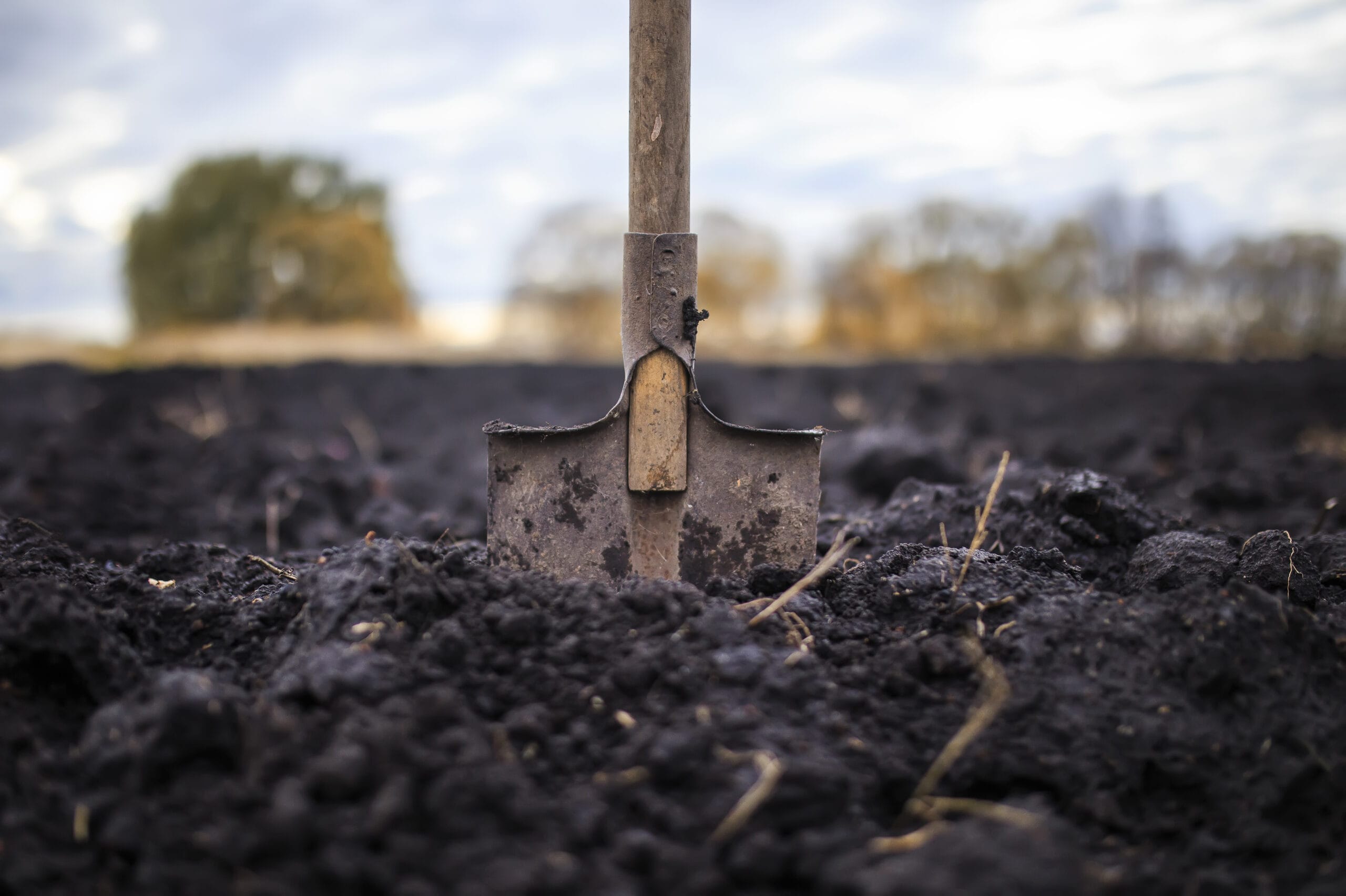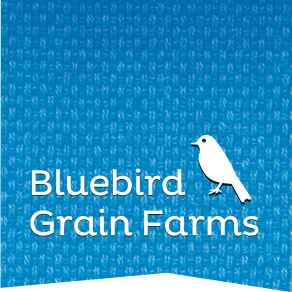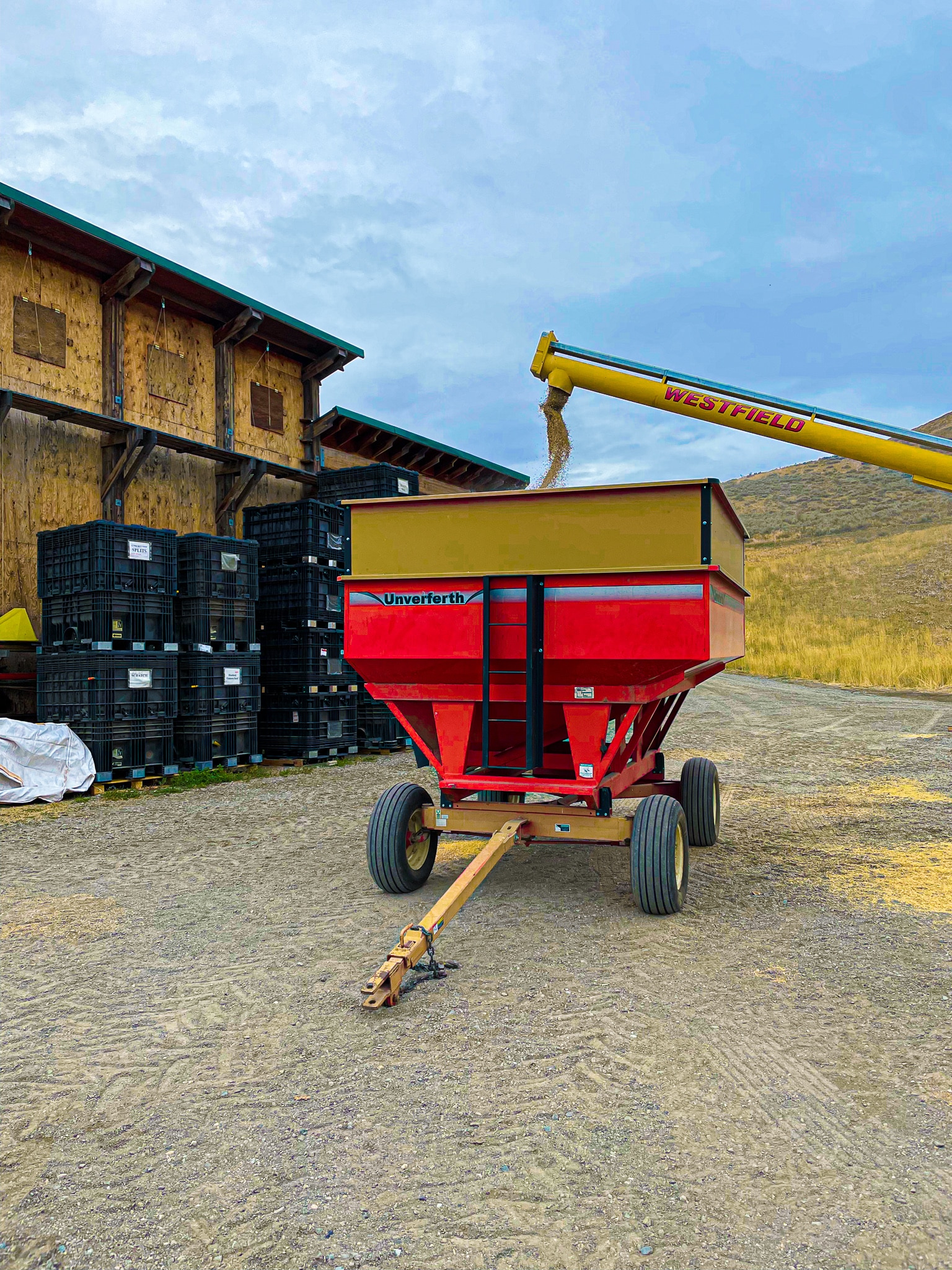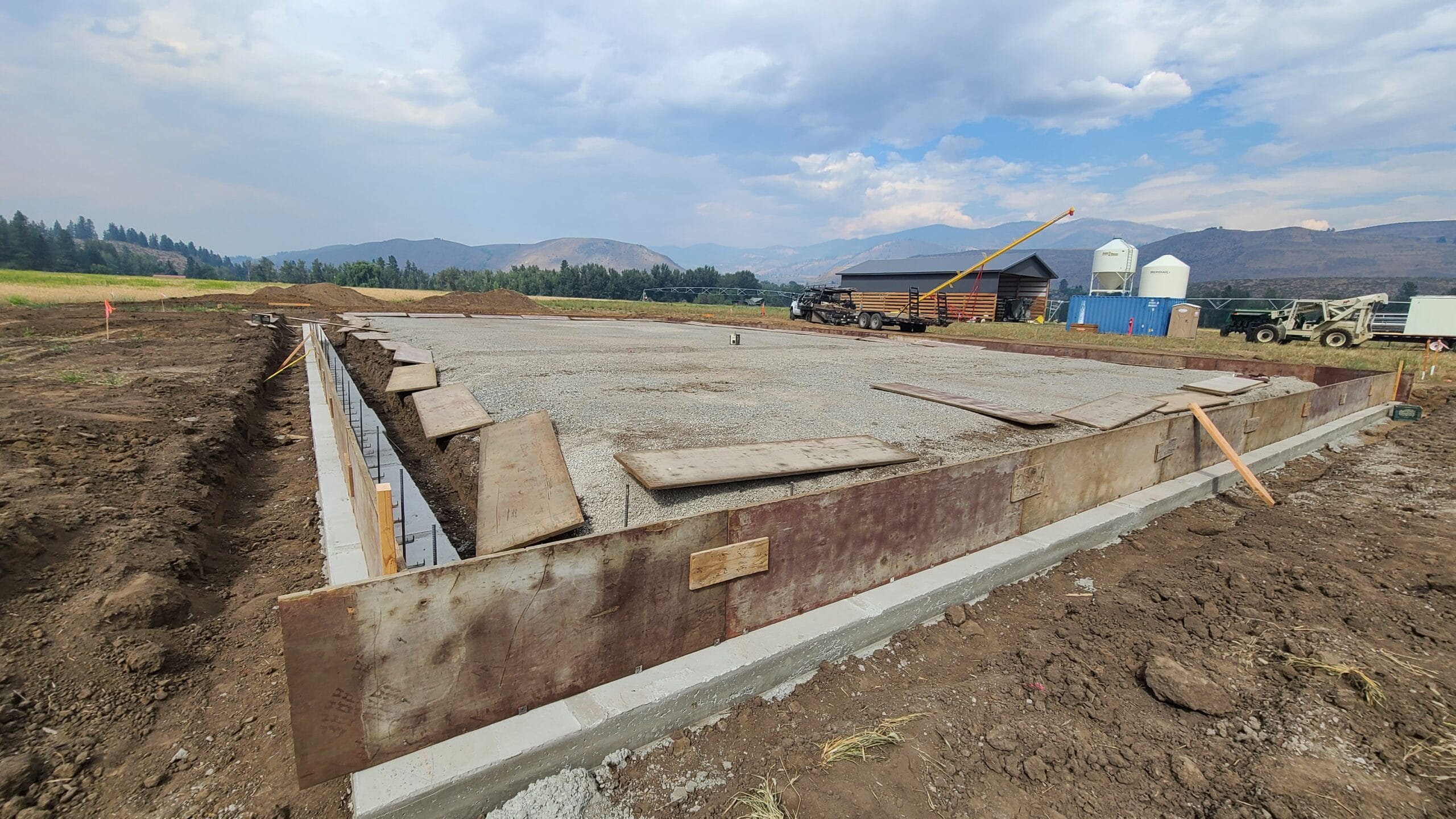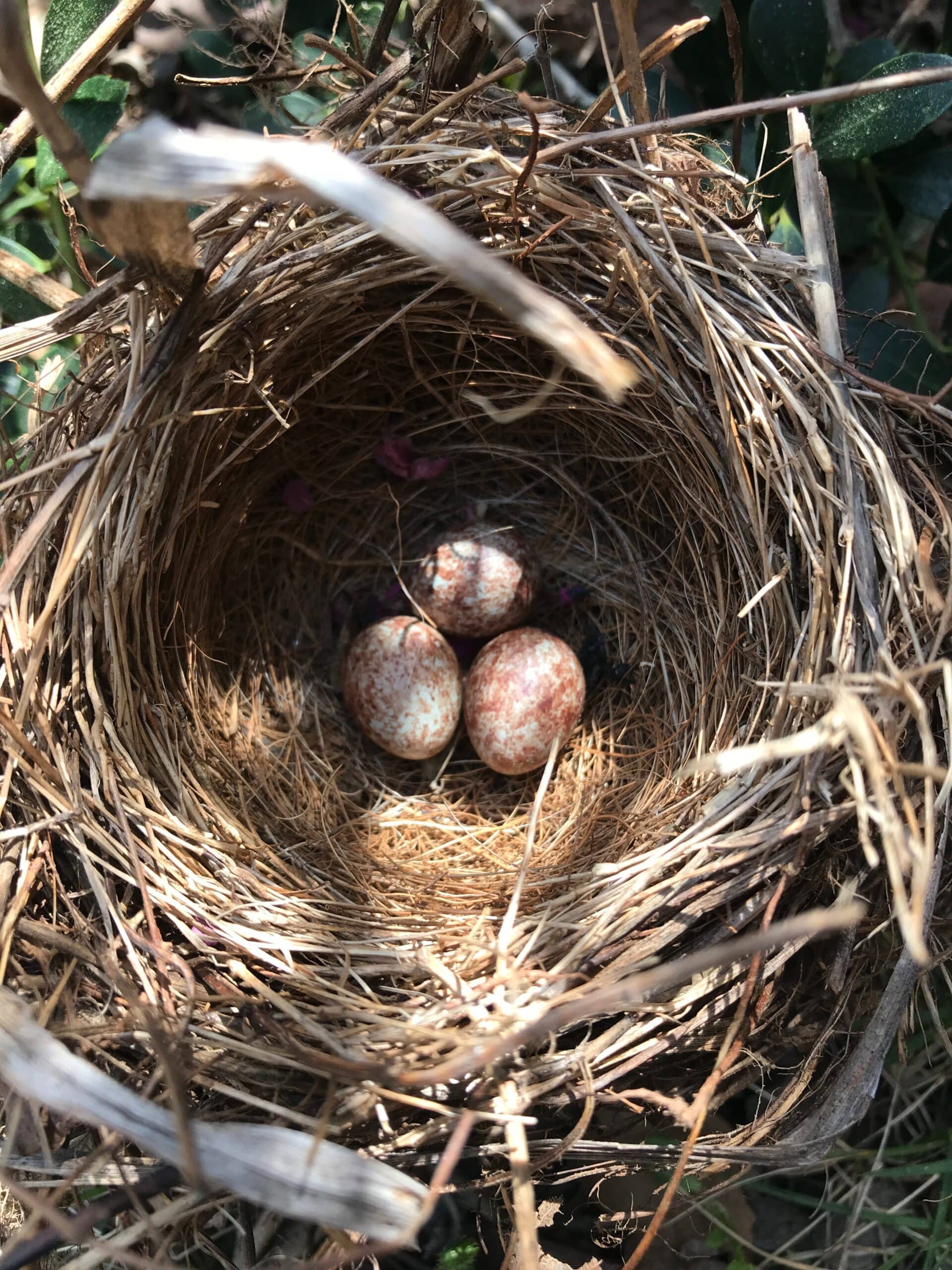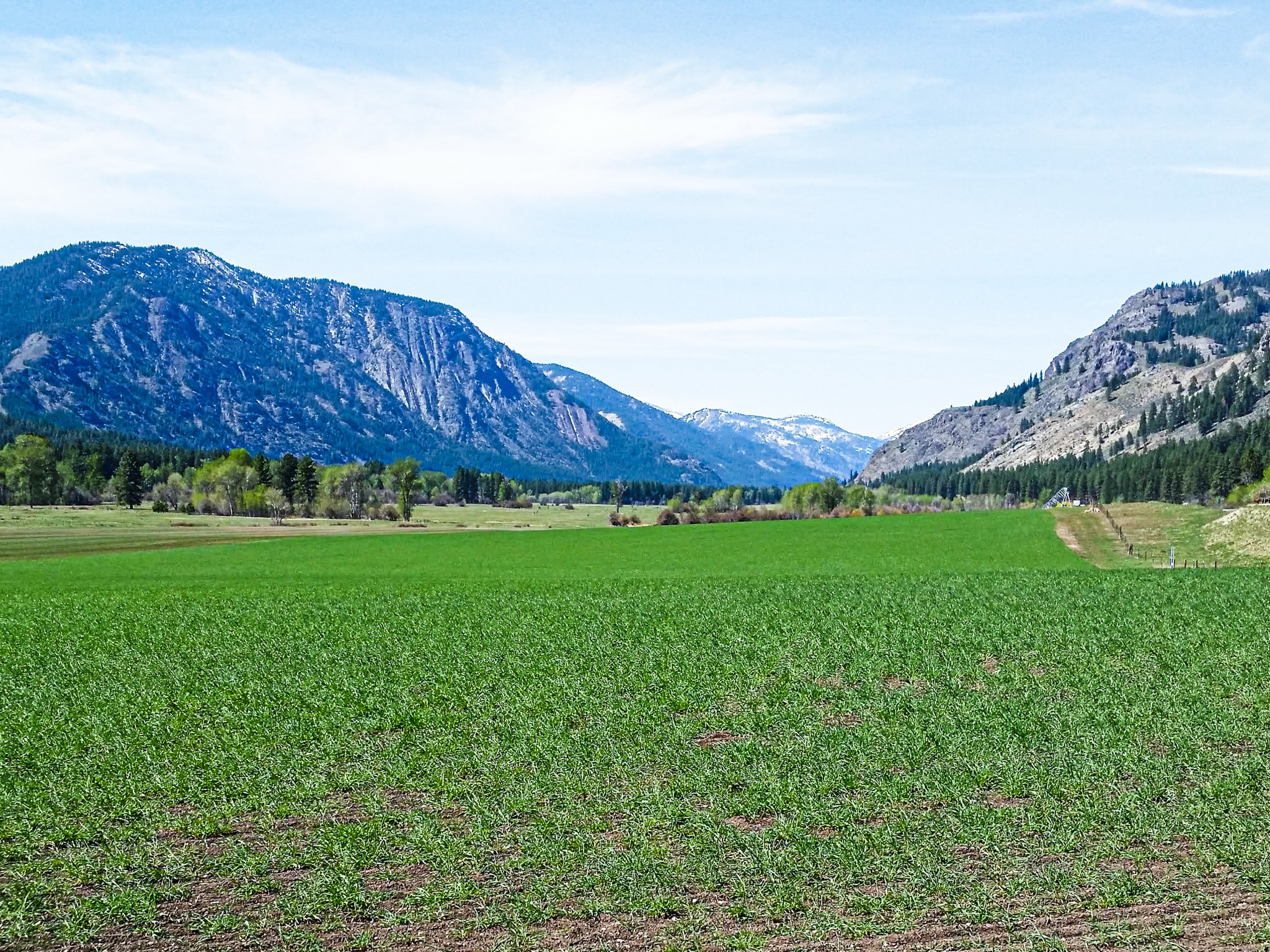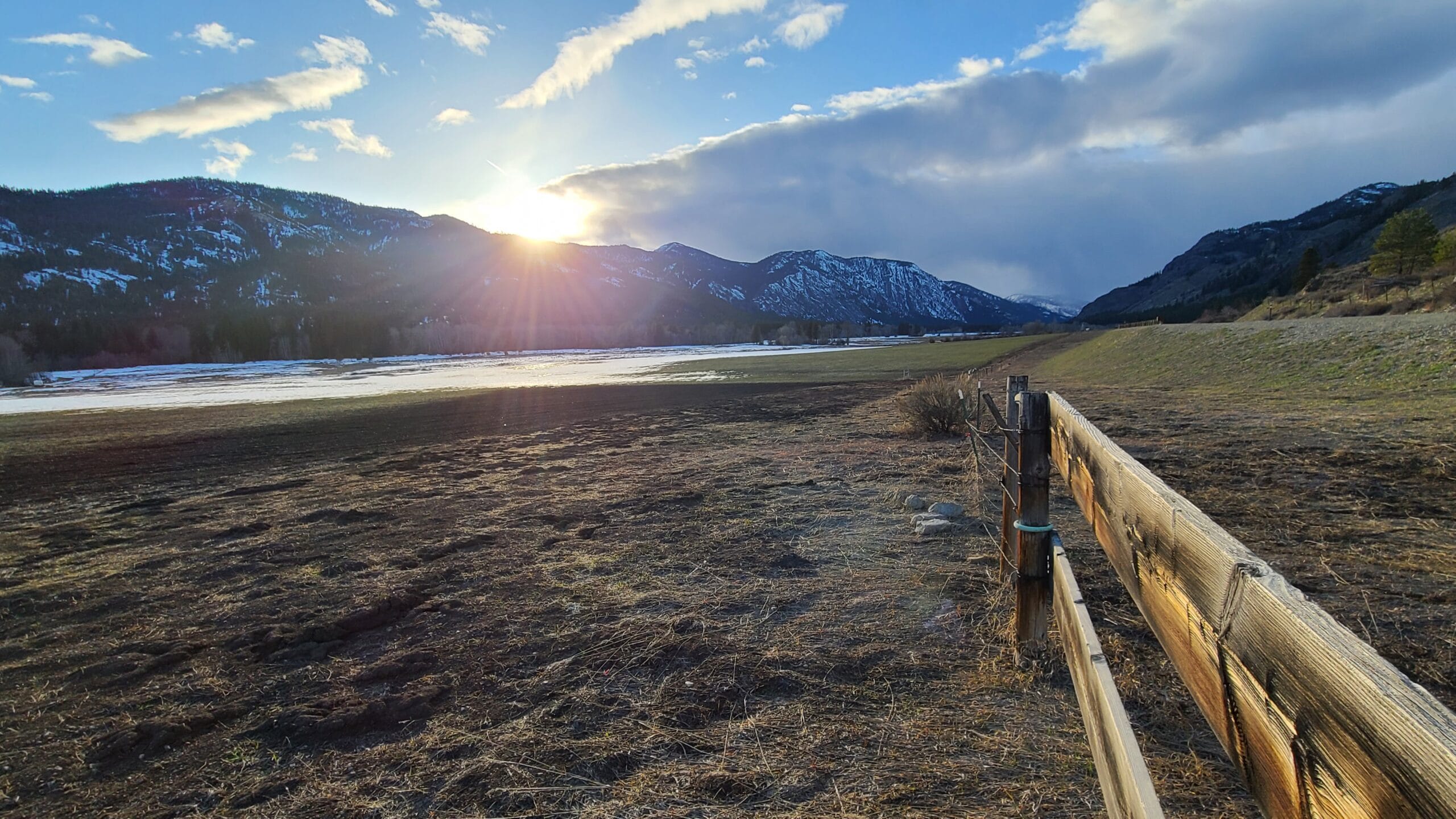It’s here. Fall, and all the colorful glory! This October couldn’t have been any nicer with mellow 60-70 degree days on end, and cooler nights running on for the first three weeks. Crisper air; crispy leaves, resulting from Canada’s bristling breeze pushing down from the northern prairies and mountains. The Hunter’s Full Moon prompted geese, among other birds, to stir and head south this past week. For several days one could hear them high, high up with their ageless, sometimes melancholy talk communicating back and forth while their great V formations shifted to and fro in the otherwise empty sky. Few sounds or sights sanctify Mother Nature’s mysteries more than on warding geese. As I’ve mentioned before, it is a sound that sometimes leaves one feeling pretty darn small, yet one from which I will never tire.
Gone are the meadowlarks and poorwills and nightjars and swifts and so many other summer time visitors. Now, robins gather in the by-gone elderberry, rosehips, and beneath the apple trees as they feed up in the early morning. One day they, too, will leave. The chickadees are holding forth as their season here comes to fruition. And I’ve seen a finch or two. As one season fades, another shines. I’m grateful to live in a place where one beauty trades for another.
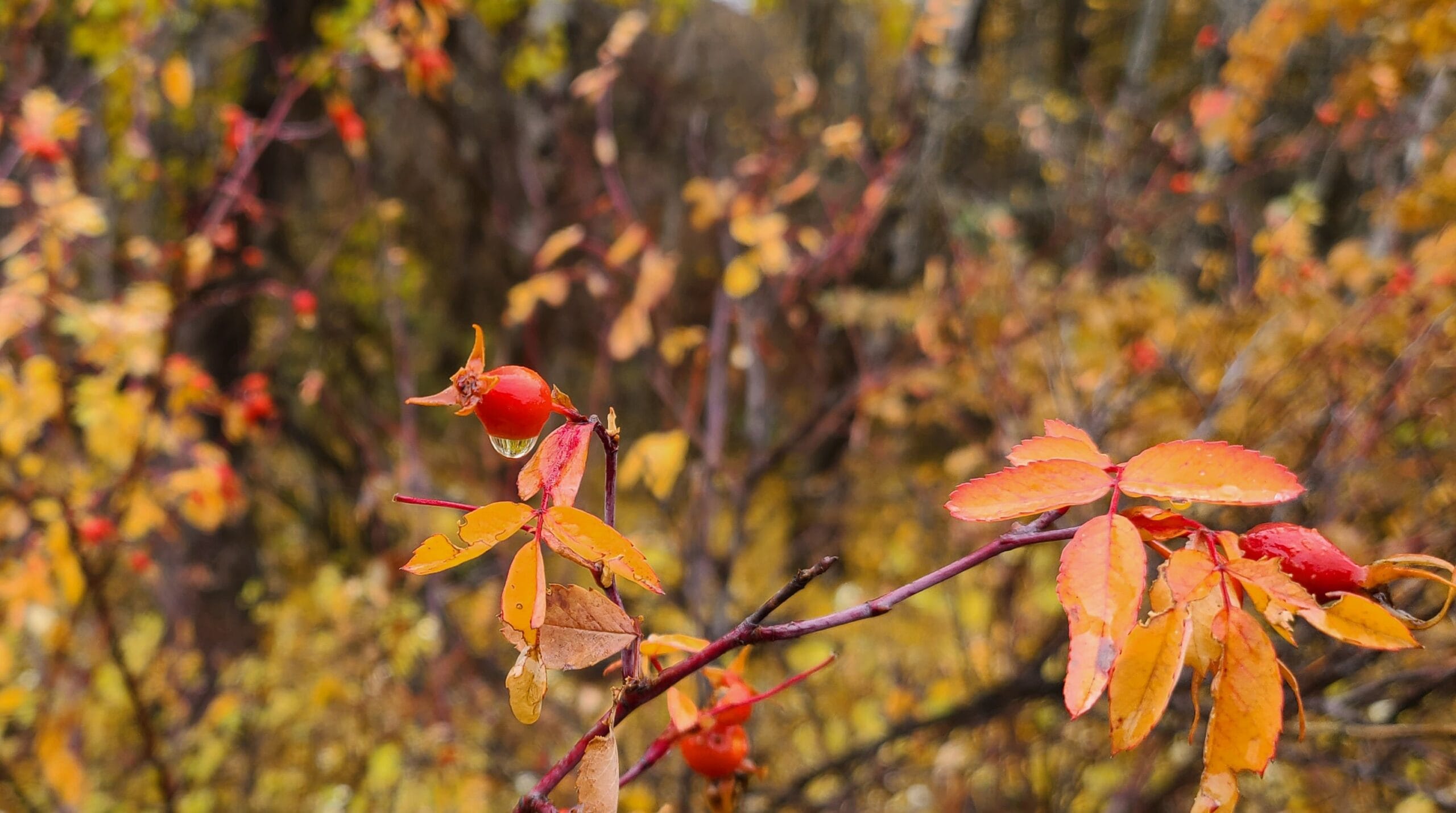
As if this wasn’t enough, we began to receive some much needed rain! Right when I was getting concerned that we weren’t going to get enough moisture before snowfall to open up the soil and recharge at least the top layer, Mother ushered in a series of storms. This can often happen in late October. Indeed, this year the rain cometh. This is paramount to setting the soil profile for the up-coming year. If the ground remains dry, and freezes with no moisture in it, then no matter how much snowpack we get, come spring it all disappears and will not sink into the profile as the ground remains too hard. Now, the ground is already opening up and getting soft and this creates the sponge-effect that will absorb what snow we get this winter.
The softening of the soils also will enable me to get some fall tillage going, although the date is late. One of the challenges I often face when the rains come later is that of the ground staying too damp. With waning daylight and cooler nights, sometimes the soils never dry out enough to be effectively cultivated. Careful not to cause any compaction by getting on the soils with heavy equipment when there is too much moisture. I always walk the fine line. At this point, I’ve no idea how much, if any, I will get done. As usual, it really does depend on the weather and I do not want to force the issue!
Meanwhile, we’ve been stocking up our raw inventory for one more winter here on the hill as our new building grows, but we will not be operating down there at the highway site until early summer. So… we’re getting the last of the crops hauled up here for a cozy winter of processing. Sales have really sped up in the last month, as I’ve a feeling we are not the only ones to be stocking up! Tis the season for eating. One can finally forget the smoky, hot days of summer that held us all captive. Time to dive into the goods and celebrate the fact we officially made it through one more summer! Now, we reap those rewards in more ways than one.
Our small but dedicated crew here has been keeping a lively pace to service everyone big and small out there. Truly, it takes a lot. I think our retail last month just about put our packaging coordinator, Konrad, over the edge, but then again, it kept him somewhat out of trouble. Steve is keeping the processing line going with the help of our pal Bob Winters who retired from teaching and being a school principal, just to come work for Bluebird! (Not quite)
As the years have rolled on, we already anticipate the holiday push. Our grains are cleaning and milling quite well, so we shouldn’t have too much of a problem making all the mixes, gift boxes etc. But wait, I’m still out in the fields where the rain has knocked a lot of the aspen leaves down. Some of those southbound geese have found the left-over grains from harvest, and the earth smells poignant and ripe with stages of decay. Oh, so sweet… What is more, my most favorite month, November, is just around the corner.
Whether you are busy lighting pumpkins, or roasting pumpkin seeds, or making homemade corn balls (I still remember my childhood neighbor Mrs. Hatch made the most killer corn-balls!) keep in mind with darkening evenings, there are lots of little spooks out there running the streets and some may not be thinking about cars.
Right on the coattails (broomtails?) of Halloween comes voting Tuesday! Please please take the opportunity so many do not have, and cast your vote. Contrary to what some try to propagate about your vote not counting or is inaccurate or etc, every vote does count. As it always has And with Veteran’s Day also coming next month, please seek out and thank a Vet.
Looking forward to our Thanksgiving newsletter. Until then, enjoy the bounty of harvest and cozy up.
Yours, Farmer Sam
